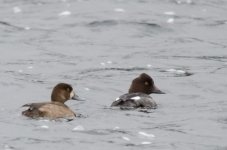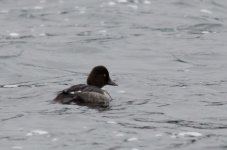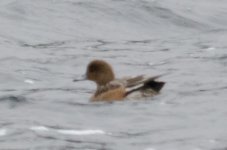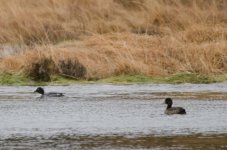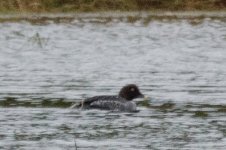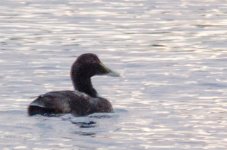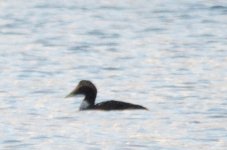West coast Norway - taken today. They were seen in freshwater some way up some hills. Not far from the sea, though.
Still in my "first year" lightweight birding here. Today I saw some ducks which I couldn't quite recognise. Maybe they haven't been around here earlier - maybe the plummage differs from what I have seen previously - maybe they are juveniles - or maybe I just haven't seen them already. I don't know.
The first two photos are of the same birds. The second photo is a shot slightly more from the side of the bird to the right in the first photo.
Still in my "first year" lightweight birding here. Today I saw some ducks which I couldn't quite recognise. Maybe they haven't been around here earlier - maybe the plummage differs from what I have seen previously - maybe they are juveniles - or maybe I just haven't seen them already. I don't know.
The first two photos are of the same birds. The second photo is a shot slightly more from the side of the bird to the right in the first photo.




